Masoud Bashiri
Toward Knowledge Discovery Framework for Data Science Job Market in the United States
Jun 14, 2021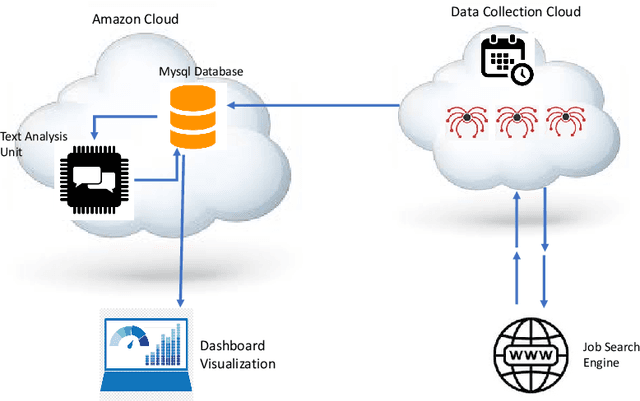

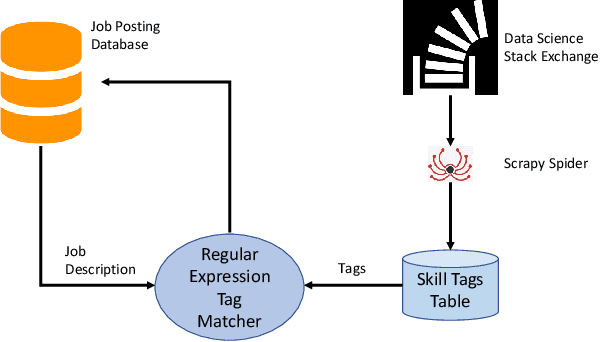
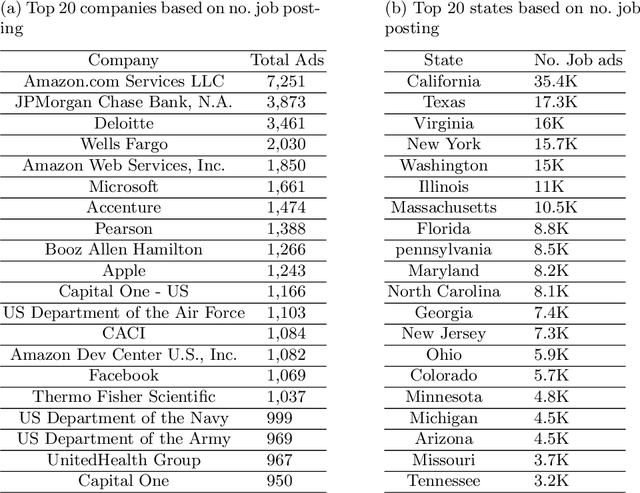
Abstract:The growth of the data science field requires better tools to understand such a fast-paced growing domain. Moreover, individuals from different backgrounds became interested in following a career as data scientists. Therefore, providing a quantitative guide for individuals and organizations to understand the skills required in the job market would be crucial. This paper introduces a framework to analyze the job market for data science-related jobs within the US while providing an interface to access insights in this market. The proposed framework includes three sub-modules allowing continuous data collection, information extraction, and a web-based dashboard visualization to investigate the spatial and temporal distribution of data science-related jobs and skills. The result of this work shows important skills for the main branches of data science jobs and attempts to provide a skill-based definition of these data science branches. The current version of this application is deployed on the web and allows individuals and institutes to investigate skills required for data science positions through the industry lens.
Data-Driven Intersection Management Solutions for Mixed Traffic of Human-Driven and Connected and Automated Vehicles
Dec 10, 2020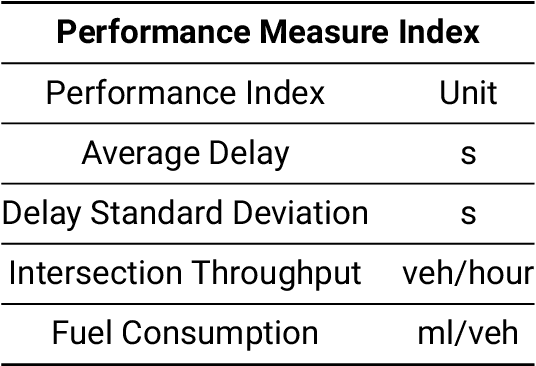
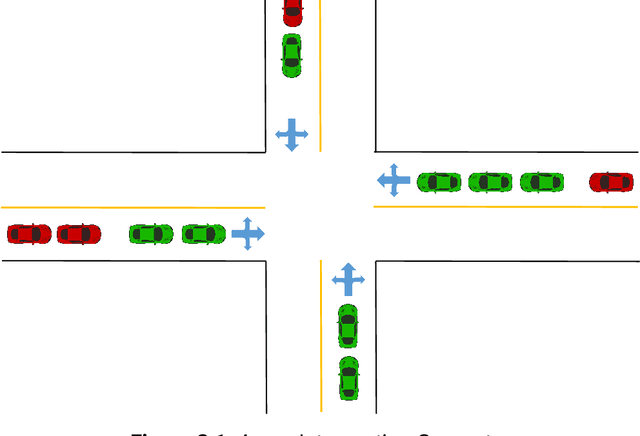

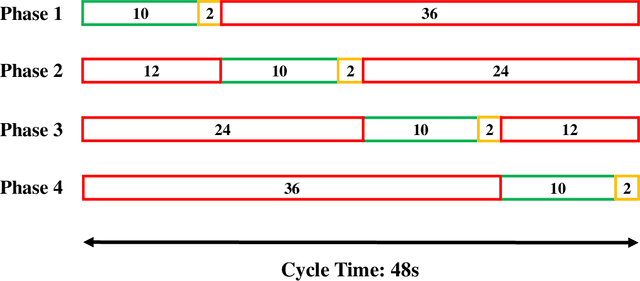
Abstract:This dissertation proposes two solutions for urban traffic control in the presence of connected and automated vehicles. First a centralized platoon-based controller is proposed for the cooperative intersection management problem that takes advantage of the platooning systems and V2I communication to generate fast and smooth traffic flow at a single intersection. Second, a data-driven approach is proposed for adaptive signal control in the presence of connected vehicles. The proposed system relies on a data-driven method for optimal signal timing and a data-driven heuristic method for estimating routing decisions. It requires no additional sensors to be installed at the intersection, reducing the installation costs compared to typical settings of state-of-the-practice adaptive signal controllers. The proposed traffic controller contains an optimal signal timing module and a traffic state estimator. The signal timing module is a neural network model trained on microscopic simulation data to achieve optimal results according to a given performance metric such as vehicular delay or average queue length. The traffic state estimator relies on connected vehicles' information to estimate the traffic's routing decisions. A heuristic method is proposed to minimize the estimation error. With sufficient parameter tuning, the estimation error decreases as the market penetration rate (MPR) of connected vehicles grows. Estimation error is below 30% for an MPR of 10% and it shrinks below 20% when MPR grows larger than 30%. Simulations showed that the proposed traffic controller outperforms Highway Capacity Manual's methodology and given proper offline parameter tuning, it can decrease average vehicular delay by up to 25%.
 Add to Chrome
Add to Chrome Add to Firefox
Add to Firefox Add to Edge
Add to Edge